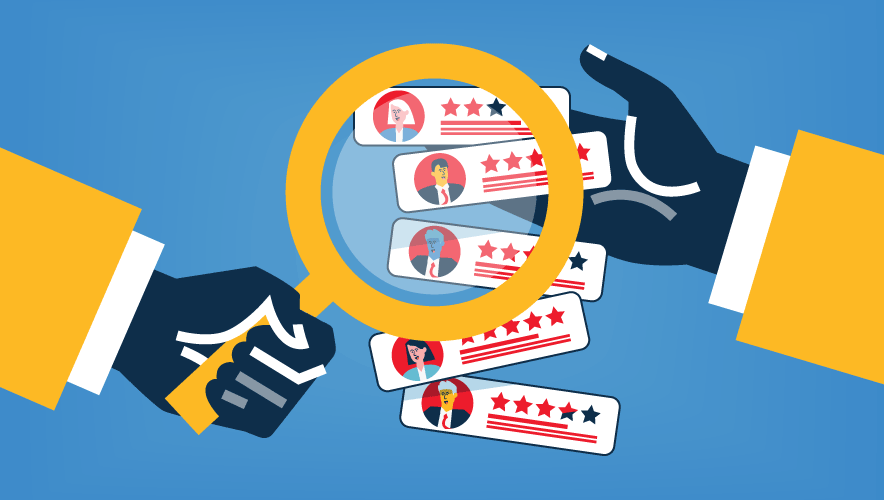Editor's Note: Workplace Rules for DE&I
Let’s have an honest discussion about work. The workplace is undergoing major changes. Heated debates rage about everything from remote work to the role of artificial intelligence (AI) in in the workforce of the future. Let’s add another one to this list of contentious topics—how to do work better and faster while ensuring the workplace is fair, honest, and welcoming.
Many experts have emerged touting diversity, equity, and inclusion (DE&I) in the world and in the workplace. What is less often explored is that the approach to addressing societal inequity is distinct from addressing DE&I in an organizational setting. Some leaders feel overwhelmed, confused, and frustrated by DE&I solutions that look and feel identical to community organizing and advocating for social justice. These are important concepts, but they are not business principles and defy obvious application. Thus, business leaders often struggle to understand how these ideas translate into a work environment.
Kim Scott has some thoughts for you on the issue. Her book, Just Work, is required reading for leaders who need a clear understanding of what DE&I looks like inside a business. She tackles some behaviors that are often illegal—discrimination, harassment, and assault. However, these infractions come with rules and regulations, meaning that leaders are better able to see and react to them.
Other behaviors are less obvious, but they can be equally destructive because leaders do not have defined tools to address them. Scott highlights three sneaky ways a lack of DE&I shows up in an organization—bias, prejudice, and bullying. Each has a remedy and can be addressed by leaders who are curious about DE&I and invested in building a better workplace.
Bias
Bias is unintentional. Therefore, the key to addressing it is to interrupt it when it happens, writes Scott. Bias interruption should feel like correcting a typo, Scott contends. It should be immediate, clear, and nonjudgmental. Leaders should work with their teams to establish a short, clear phrase that all team members can use when they see bias that needs to be corrected or discussed. Scott makes it clear that this can be anything from “I don’t think you meant that the way it sounded to me,” to “Yo, bias!” The key is for the team to come up with the phrase and use it until it becomes part of the corporate culture.
Prejudice
Prejudice is intentional. Pointing out prejudice won’t change it, notes Scott. And the idea is not to change anyone’s attitude or thoughts but to keep that person from imposing those thoughts on others.
“As a leader, you’re overstepping to try and control what people believe. People are free to believe whatever they want. But they are not free to do whatever they want,” explains Scott. “It’s your job to prevent people from imposing their beliefs on others…everyone should be free from other people’s prejudices.”
Prejudice is addressed through a code of conduct. This code of conduct should be written by the leader and edited by the team, according to Scott. It should be short (less than 600 words) and lay out the rules of engagement, such as “act with integrity,” “show human decency,” and “challenge directly.” The code should be shared with everyone, including job applicants, and come with consequences for violators.
People are free to believe whatever they want. But they are not free to do whatever they want.
Bullying
The most effective way to combat bullying is to prove that it doesn’t work. Bullies are often repeat offenders, Scott notes. They finger-point, name-call, and intimidate. However, because bullies rarely attack those perceived as “above them,” they can escape the notice of leaders.
To complicate things, bullying isn’t always obvious. Scott warns leaders to be on the lookout for one pervasive form of bullying that flies under the radar—bloviating.
“Bloviators dominate conversation, throw around buzzwords, talk over their peers, and leave the meeting having contributed nothing to the team’s understanding,” Scott writes. “People make stuff up and get away with it because they project confidence and dismiss or insult anyone who challenges them. Leaders, take note: This approach is far more effective than it should be. It’s your job to create consequences for it so bloviating...doesn’t take over your company.”
Addressing bullying is most effective through standard workplace tools—ensure that there are consequences for bullies, and don’t reward bullying through compensation or promotion.
“Too many leaders act as though creating a fair and equitable working environment is somehow separate and apart from their core job as a leader, as if their ‘real’ job is achieving a particular metric,” writes Scott. But leaders should realize by now that they will struggle to achieve their metrics until their workplaces are fair. KPIs are lagging indicators of workplace health.
Security Management’s content package on DE&I is full of other ideas, tactics, and case studies on how to make DE&I effective in the workplace. As these articles note, solutions take thought and daily attention.
If all this sounds simple in theory and complex in practice, it is. But, as Scott contends, it is critical to building a fair, efficient, and successful team. “This is seriously tricky,” she writes. “If you don’t want to deal with it, don’t become a leader.”
Teresa Anderson is editor-in-chief of Security Management. Connect with her on LinkedIn or via email at [email protected].












